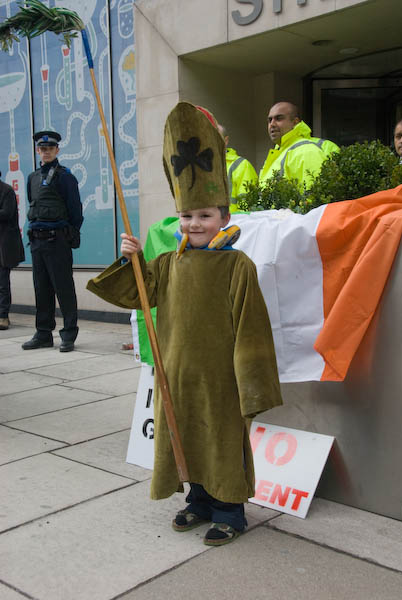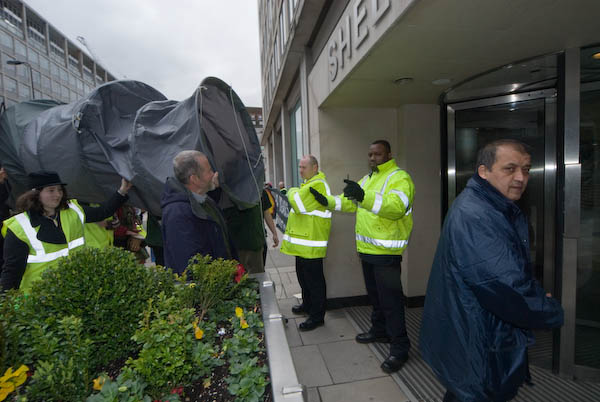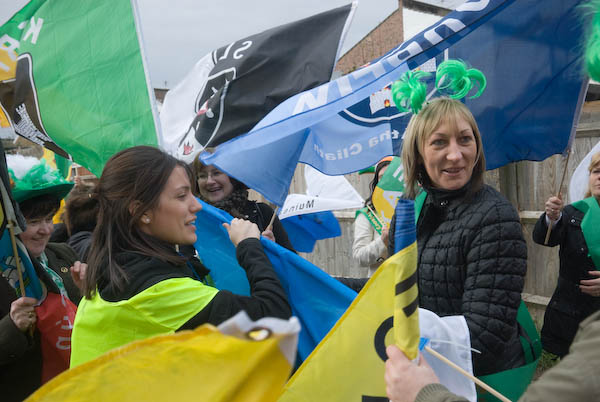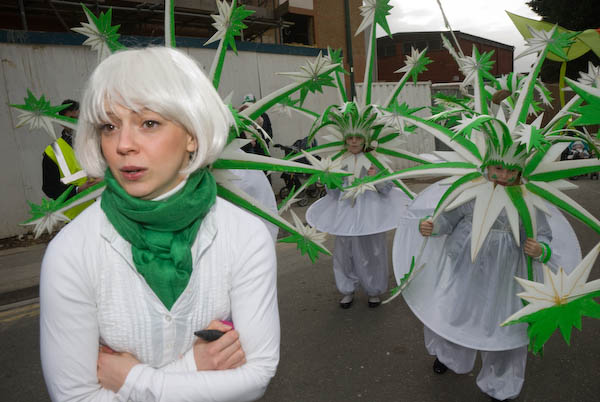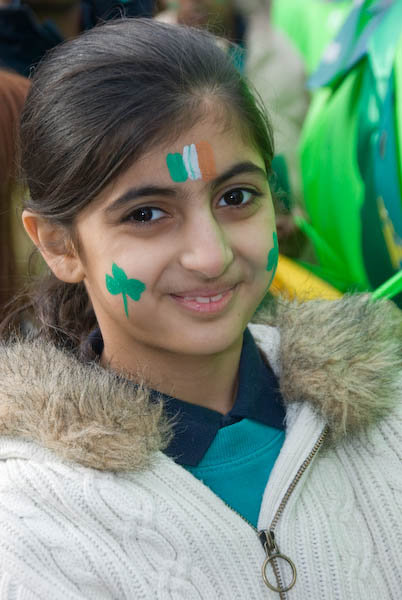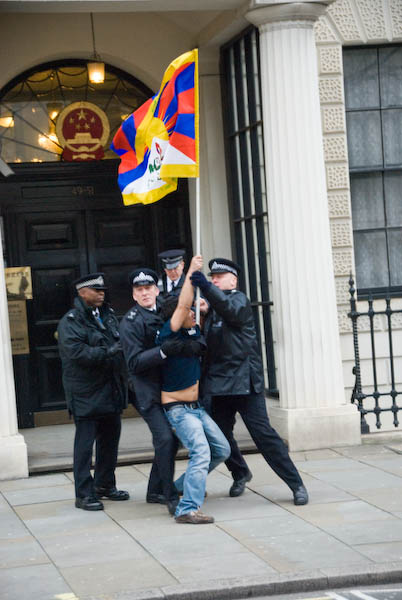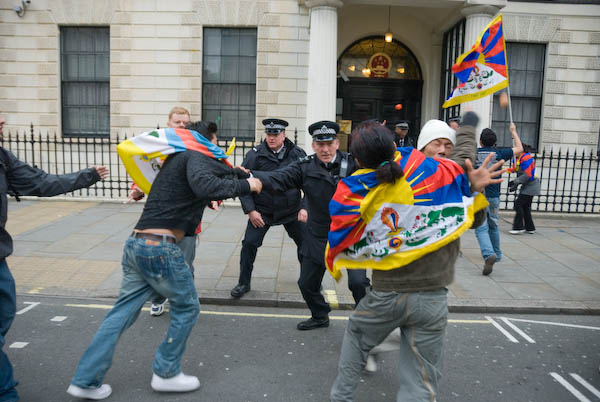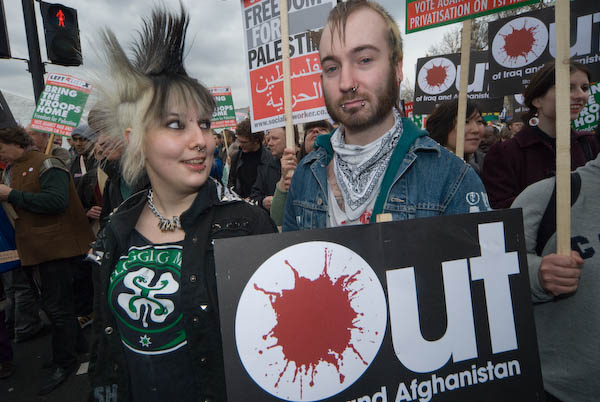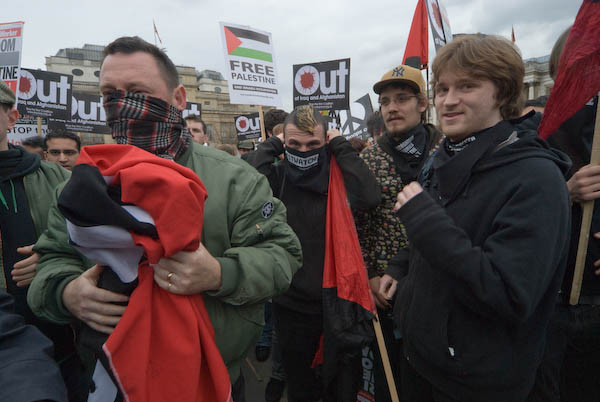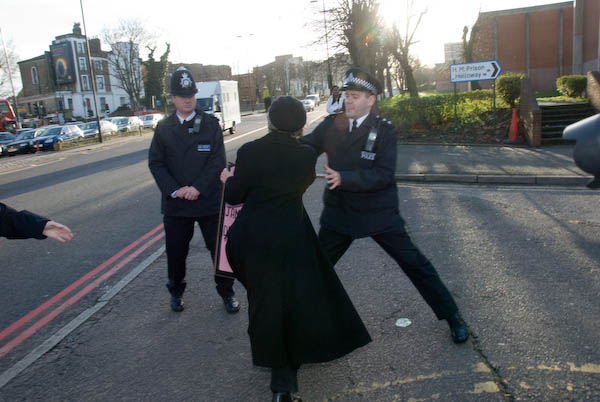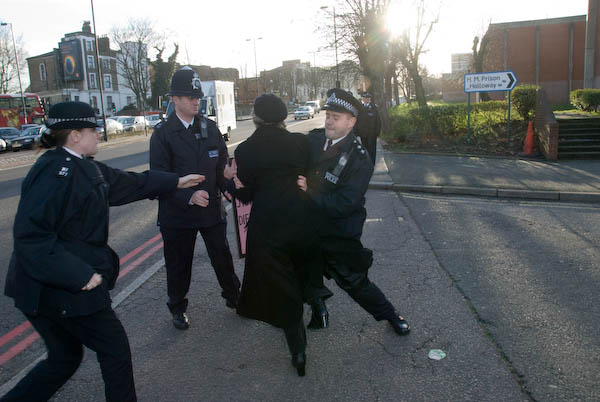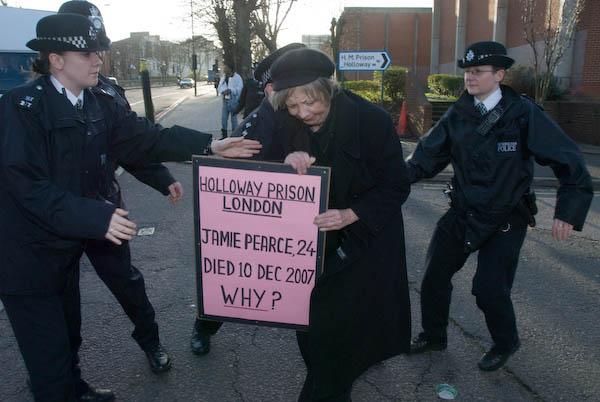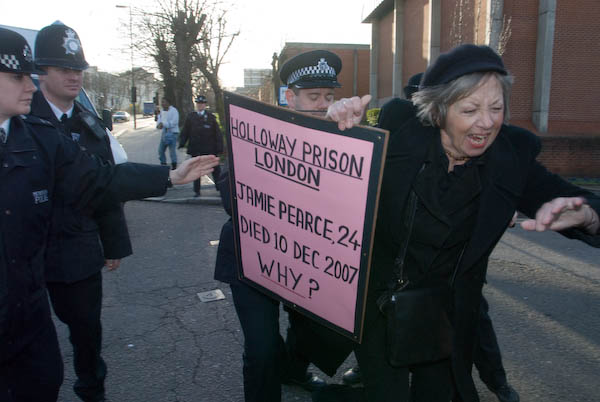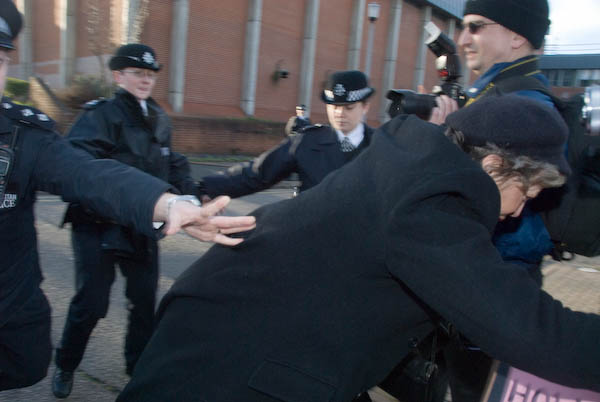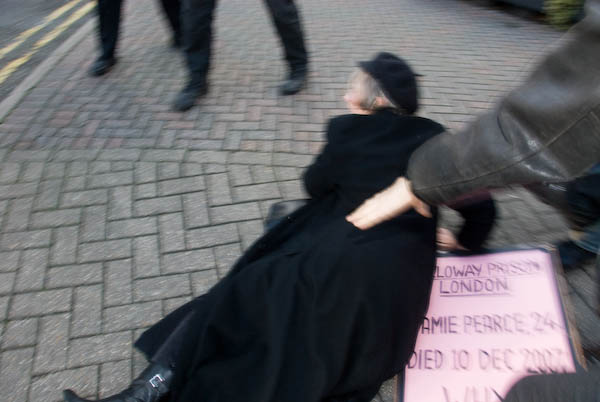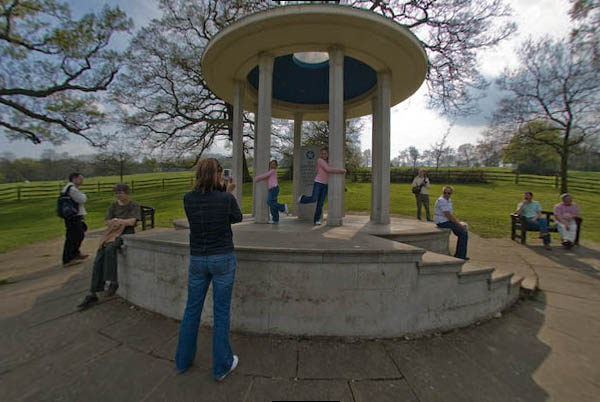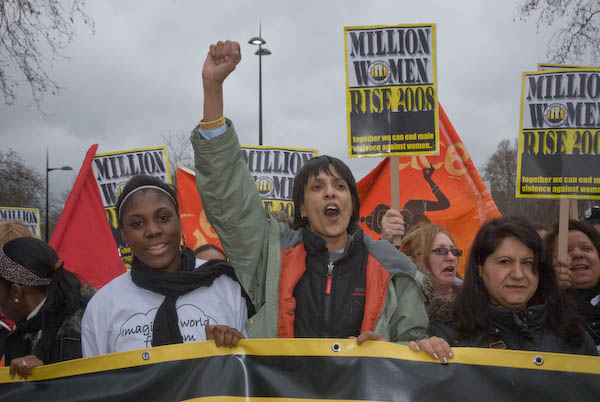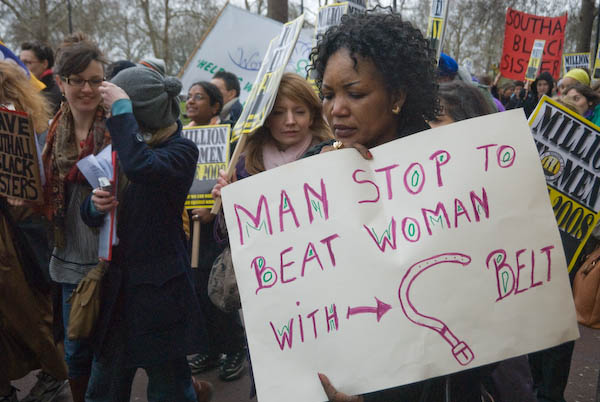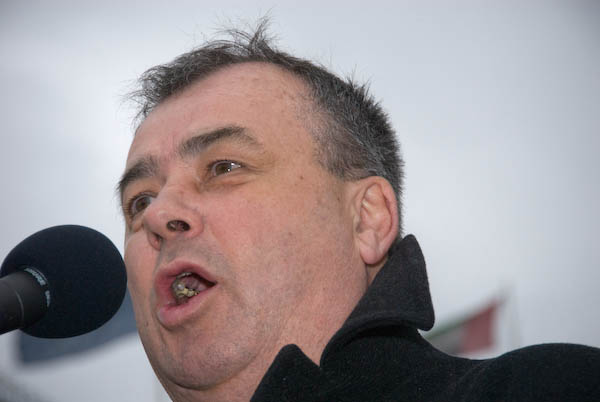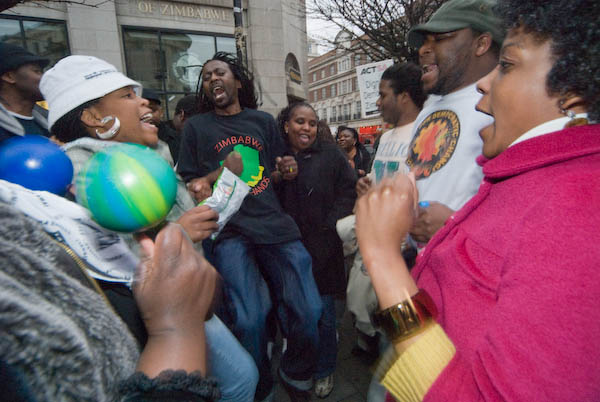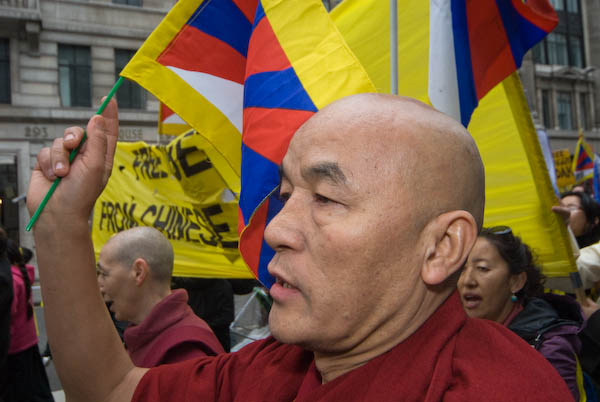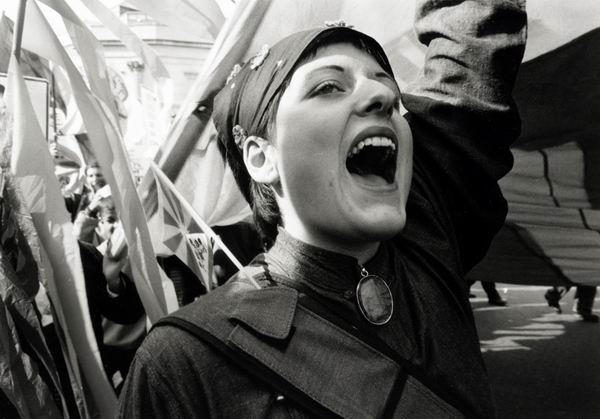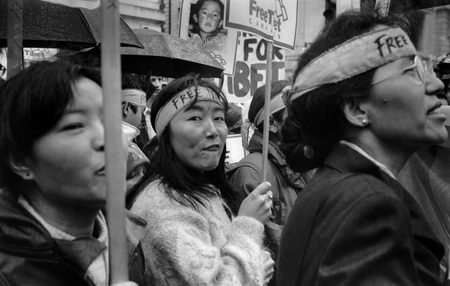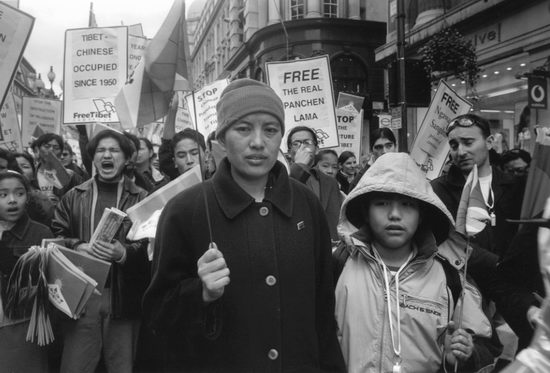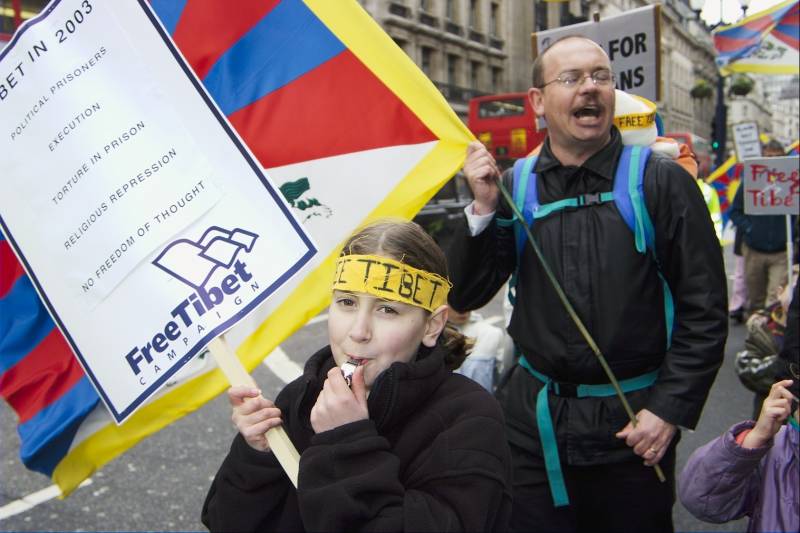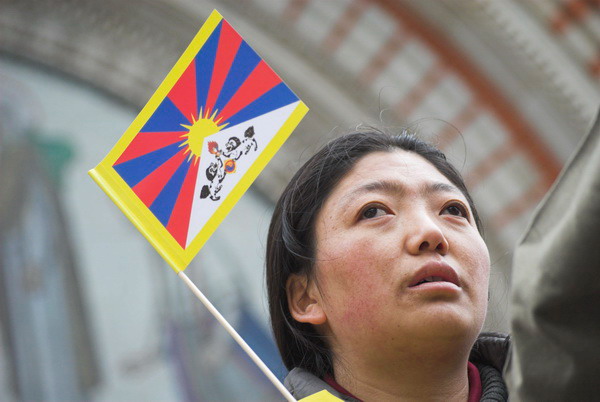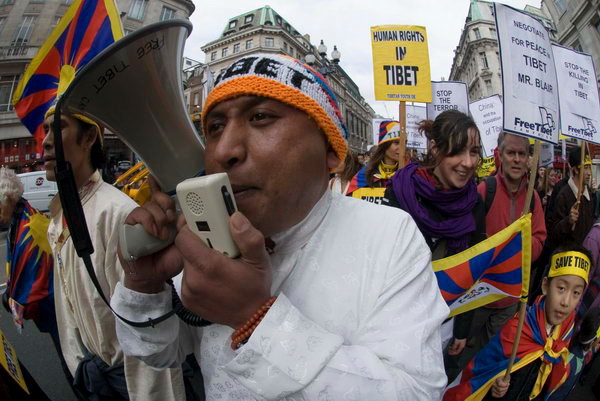One of the problems I seem to be getting more and more is a failure of autofocus on my Nikon D200. In the old days of course we all focussed manually, but this is actually a lot harder with modern cameras and lenses. We used to shoot mainly with fast (or fast-ish) primes – my standard SLR kit included a 28mm f2.8, 50mm f1.8, 105mm f2.8 and 200mm f4, but nowadays that whole set is usually replaced by a 18-200mm f/3.5-5.6 which goes a bit further as well as filling all the gaps (and weighs about the same.) Larger apertures means brighter focussing screen images – and a more decisive ‘snap’ in and out of focus. And of course the smaller sensor – and thus smaller focussing screen also dims the image.
Factor in too my age and dimming eyesight, along with rather poor manual focus rings on modern autofocus lenses and manual focus for me now tends to be for emergencies only when I’m working with a DSLR. Generally I rely on autofocus, but one of my problems is perhaps that the D200 seems to have so many options. I have to admit that I’ve only intentionally used a few of them – perhaps some of the others would be more suitable.
There is a nice switch on the front left of the camera, at the bottom of the lens box, which has 3 nice, straightforward settings, labelled C, S, and M for continuous, single and manual. The only problem I have with this is that it’s too easy for us compulsive button-fiddlers to move it to the wrong setting – particularly manual, and its then possible, especially in poor light, to take lots of out-of-focus pictures before you notice.
Then on the back is another less scrutable 4 position lever, with icons that could mean anything. The only one I really understand is square braces inside square braces, which stands for ‘Single Area AF’ and means the camera focusses using the focus area you tell it to (and is indicated in the viewfinder.) It was perhaps not the best choice for the chaos outside the Chinese embassy, as the manual indicates it best suits static compositions where the subject stays in the selected focus area.
Perhaps I would have been better off with ‘Dynamic Area AF’ which can use focus information from other focus areas, but doesn’t indicate it is doing so, or with ‘Group Dynamic AF’ or even ‘Dynamic Area AF with closest subject priority’, but unfortunately I didn’t have the manual with me to weigh up the options (page 54) though it would certainly have let me identify the icons (I’d find say S, D, G, C much easier to remember.)
Of course, once you’ve assimilated all that there are a number of custom functions related to all this – a1 to a10 – and given a few hours I might sort out the best combination taking everything into account. It would actually have been a lot easier just to get out the Leica and get on with the job, perhaps with that nice fast 35mm f1.4!
Actually I’m beginning to think that perhaps the D200 (or lens) may be in need of some kind of service, as well as casting my eyes more and more over the reviews of the D300. There’s a good one fairly recently appeared by Thom Hogan , one of the few reviewers on the web whose opinions I take seriously (one of the best-known others is really just a clown and believes that there isn’t a lot of point in shooting RAW – well perhaps there isn’t for the sort of pictures he likes to post.) Of course Digital Photography Review is pretty hot for the technical kind of stuff (so far as they go) and they’ve also recently reviewed the D300, but Hogan is a photographer who takes reviewing very seriously – even to the extent of taking cameras to bits. (One other guy worth reading is Sean Reid, but his site is a subscription site, and costs $32.95 per year – and well worth it if you have an interest in the gear he reviews.)
Hogan also writes extensive e-books on cameras, though I can’t tell you what they are like – when I was writing for what was then one of the most popular photography sites on the web I did write asking for a review copy of one, but never even got a reply! So I reviewed a couple of those from another author instead. But I suspect Hogan’s might be better.
One of the other things I didn’t write about when I was the guide to ‘About Photography‘ was so-called ‘glamour photography‘, although the reasons there were different, and one thing I don’t miss are the regular and frequent e-mails I used to get from several people in that sordid business telling me they were God’s greatest gift to photography and that I should be featuring them on my site. Frankly, it’s boring formulaic crap, and the slicker it is, the more boring.
Today I was reminded just how sordid it can be by a mention on ‘Conscientious‘ of a blog with a posting entitled How To Photograph Nude Women, For Free. I won’t give the link given there on this site, as I can’t think of any reason to recommend this to any photographer, but if you know any young women who might be thinking of becoming a model, I’d suggest they read it and beware. It really is the kind of thing that gives photography a bad name, and even makes the actual porno industry look respectable.
